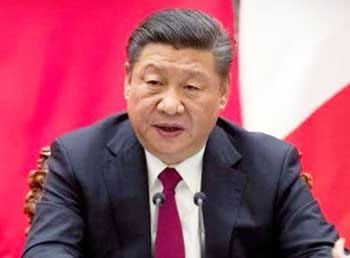Briefly – : Explore the government’s game-changing strategy as it considers selling stakes in six public sector banks. Uncover the potential financial gains, impact on customers, and the broader implications for the banking sector. Stay informed about the evolving landscape of the financial industry.
Government Plans to Sell Stakes in Six Public Sector Banks
In a strategic move, the Central Government is considering selling a 5-10% stake in the country’s six public sector banks. This plan aims to diversify ownership in these banks, where the government currently holds over 80% equity. This article explores the potential impact of this decision on account holders and the banking sector as a whole.
[ez-toc]
Which Banks are in the Spotlight?
The banks in question include Bank of India, Indian Overseas Bank, Punjab and Sind Bank, Bank of Maharashtra, Central Bank of India, and UCO Bank. The government is particularly keen on capitalizing on the recent surge in share prices of these banks, attributed to their robust financial performance.
Government’s Financial Gain
The government’s motivation behind divesting its stakes lies in leveraging the upward trend in share prices. The current government shareholding exceeds 80% in these six banks. Bank of India stands out as the largest among them, with discussions on selling a 10% stake, potentially fetching the government around 4,400 crore rupees.
Potential Windfall
If the government extends this strategy to other public sector banks, the financial gains could be even more significant. For instance, selling a 6% stake in State Bank of India could bring in a whopping 31,395 crore rupees. This approach aligns with the government’s broader financial planning.
Positive Financial Performance
Public sector banks have shown a commendable 9.1% increase in their assets in the fiscal year 2022-23. Central Bank of India and Indian Overseas Bank have reported a 20% growth in their loans and advances. Among these banks, Bank of Maharashtra has recorded the highest percentage increase in total assets.
Impact on Customers
As the government contemplates divesting its stakes, customers need not worry about any disruption in banking services. The entire banking process will continue seamlessly, ensuring account holders face no adverse effects. The government’s move is primarily aimed at financial restructuring and diversification rather than impacting day-to-day banking operations.
Looking Ahead
While the detailed roadmap for this divestment is yet to be unveiled, it is evident that the government is strategically navigating the financial landscape. The potential injection of private sector ownership could bring in fresh perspectives and opportunities for growth in these public sector banks.
Conclusion
In conclusion, the government’s plan to sell stakes in public sector banks signifies a forward-thinking approach to financial management. This move is expected to contribute to the banks’ overall growth and stability without causing any disruption to the customers. As the financial landscape evolves, these strategic decisions pave the way for a more diversified and resilient banking sector.













